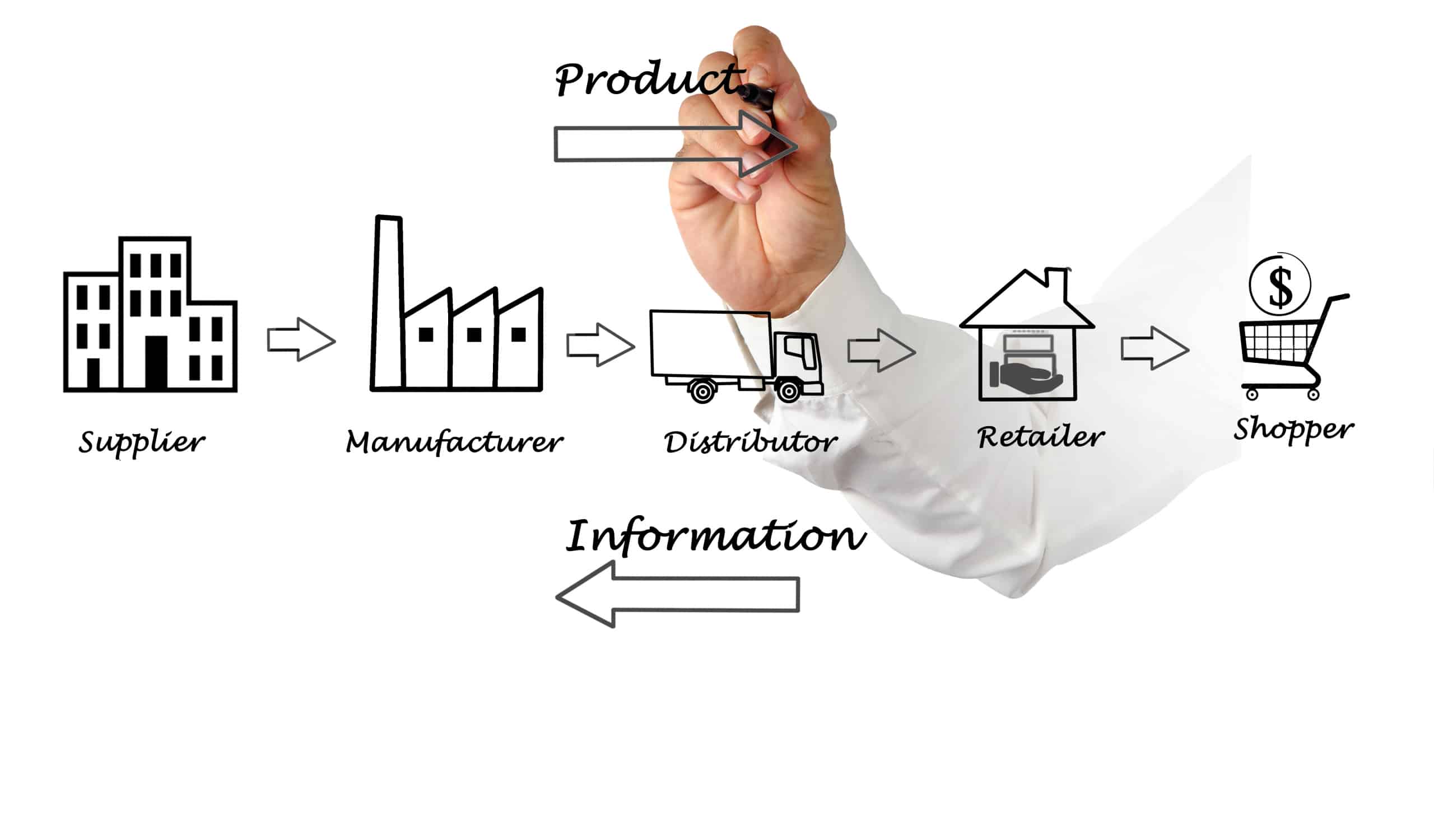Many people have no idea about the importance of supply chains. In real life, the supply chains sustain the life of mankind itself. Imagine if these things were disrupted by natural disasters or nuclear attacks from a north country. Unimaginable things could happen.
This is where supply chain management comes in to fill the void. Everything will be put back together with the help of this protocol.
All of the things that we use on a daily basis may be found in convenience stores, department stores, traditional markets, and even online retailers like Amazon. SPM will have an impact on product availability in the markets if it is below par.
When the product reaches the final user, the supply chain has been successful.
Even the most intricate of situations can be managed with the proper supply chain management system. In the absence of it, end-users will be unable to obtain the products they require.
Definition
A company’s supply chain management (SCM) is the management that is in charge of determining how goods and services are distributed across the organisation.
The processes are centred on the transformation of raw materials into finished goods and services.

A firm’s supply process can differ depending on the type of company that they are. However, it includes the components of design, planning, execution, control, as well as monitoring the supply chain operations and automation, all of which are similar to all organisations.
The total supply chain activities have as their ultimate goal the development of appropriate infrastructure, the utilisation of international logistics services, the maintenance of appropriate supply and demand ratios, as well as the measurement of the worldwide market.
Demand, materials, and resource capacity are the three primary components of supply chain management as well as hiring event staff and regular staff.
The primary goal of Supply Chain Management is to increase the amount of cash available to the organisation.
To achieve the goal, it is necessary for the business processes to be managed and coordinated in order to achieve success.
The History of Supply Chain Management
In the history of SCM, there are six main movements that marked the evolution of supply chain management.
Here are the six important movements that we can comprehend:
- Creation (early 20th century)
- Integration (1960s)
- Globalization (1980s)
- Specialization phase one (1990s)
- Specialization phase two (1990s)
- SCM 2.0 (2000s)
You may wish to understand more about the SCM’s movements in greater depth. However, we are currently in the most recent era of supply chain management, which we refer to as SCM 2.0. Because things have become more complicated than they were previously, it may be the most relevant movement.
This strategy encourages specific organisations to think about how their operations might alter in the future. Because of global competitiveness, expectations are always changing. Not to mention that the pace of the supply chain rises as a result of pricing variations, transportation and logistics expenses, offshore, and other considerations.
Impact of Globalization on the Supply Chain (H2)
Globalization has its own set of advantages and disadvantages. As we all know, everything was strictly regulated back then. This includes people, goods, and financial resources. Everything has become borderless as a result of globalisation. However, it also implies that the SCM has gotten more sophisticated than it was previously.
The presence of manufacturing plants in Asian countries and other parts of the world is now commonplace for western corporations operating in the global marketplace.

Because the manufacturing facilities are located in other countries, it has pushed the manufacturing corporations to outsource the critical components of supply chain management to third-party organisations located all over the world, including the United States.
Supply Chain Consulting
Developing the best strategies and models for the supply chain is a complex thing to do. You will see tons of challenges from phase one of planning, procurement, designing, producing, as well as fulfilment. Here is where the supply chain consulting service from Agistix can fill the gaps in this matter.
Professional consultants can help you to connect with suppliers and clients across the challenging supply chain environment.
The consultant has a third point of view, which is objective enough so that it can procure quality diagnosis and analysis. The professional is not emotionally attached to your company, so they can think objectively and suggest the most appropriate supply chain visibility software for the particular issues in your SCM.
Key Aspects of Supply Chain Management Systems: Processes and Workflow
Here are the key aspects of good SCM systems:
Purchasing

In the SCM, purchasing is defined as the supply chain process of buying the raw materials or parts needed to assemble or manufacture a particular product. The buying is usually in large quantities. Therefore, it is highly crucial for the teams to stay updated with the pricing details, inventory availability, as well as supplier performance quality.
Supplier Relationship Management
The SRM-supplier relationship management is the method of assessment of suppliers’ assets, resources, and capabilities.
Therefore, the supply chain management will determine how the clients engage with the suppliers, what interactions they’ll have, the cycle of the relationships, and the value of the interactions.
Obviously, it is just like how conventional business works. There must be mutual benefits that take place between the two parties. In this case, the supply chain partners will need to provide innovative solutions and competitive offers. For businesses seeking to optimize their IT asset management processes without incurring additional costs, exploring options for free it asset management software can provide valuable tools and resources to efficiently track and manage IT assets within the supply chain.
The word “relationship” has a strong presence here. It is imperative to comprehend that “relationship” with “performance” is different. When it comes to performance management, it revolves around the measurement and management of the supplier’s performance to profit and tweaking the market perks.
The manufacturers will monitor the overall performance. Through the updated monitors, they are able to find the exact performance gaps, rooms for improvements, as well as the fullfillments that the suppliers need to do to achieve the particular levels of performance.
Inventory Management

In addition, inventory management is a key part of supply chain management (SCM). It revolves around the critical task of striking a balance between the quantity of capital available and the availability of inventory.
The ultimate goal, in a nutshell, is to have the appropriate amount of inventory at the appropriate location so that they can accomplish fullfillment at the appropriate moment.
Moreover, it is highly important to meet the clients’ requirements as well.
Reach out to Agistix now to learn more about the SCM important aspects.
